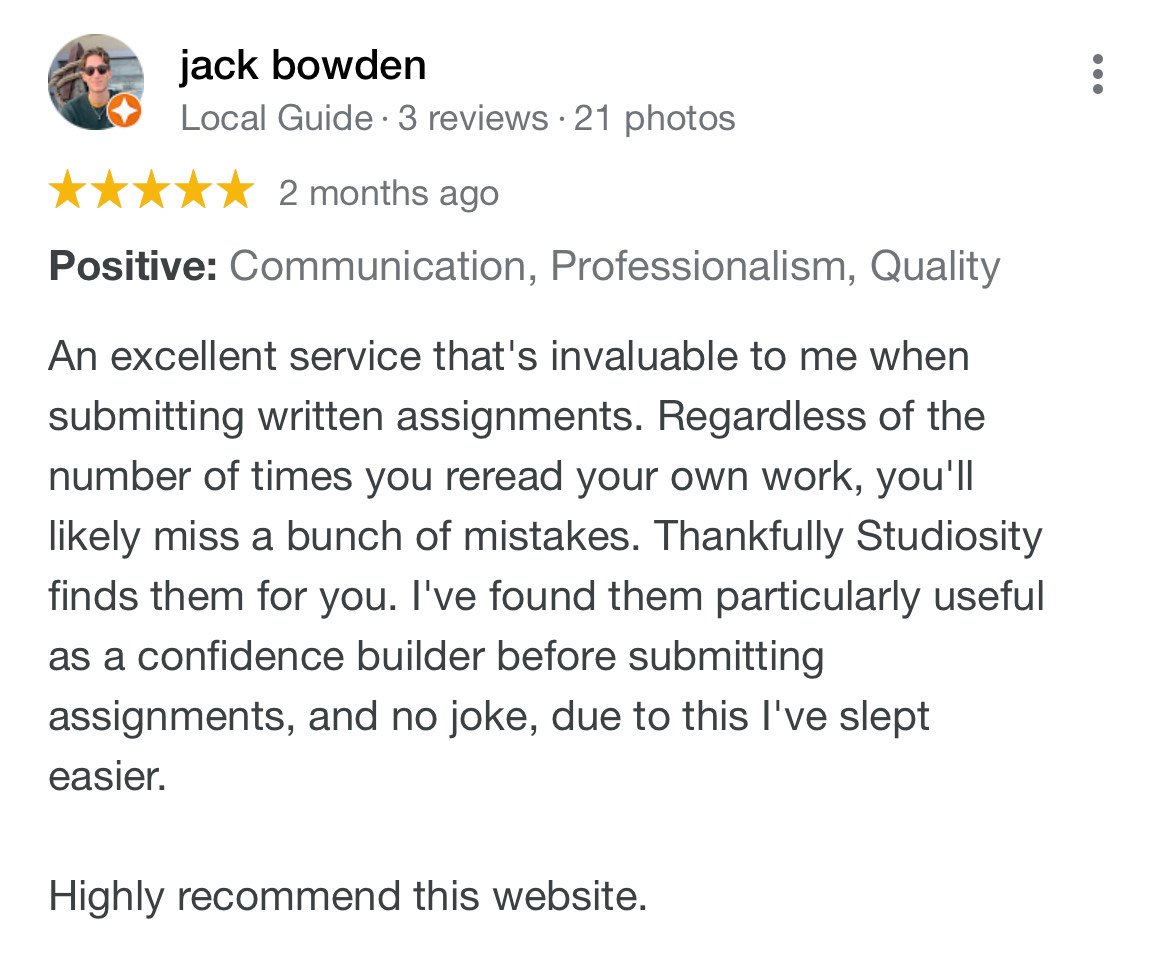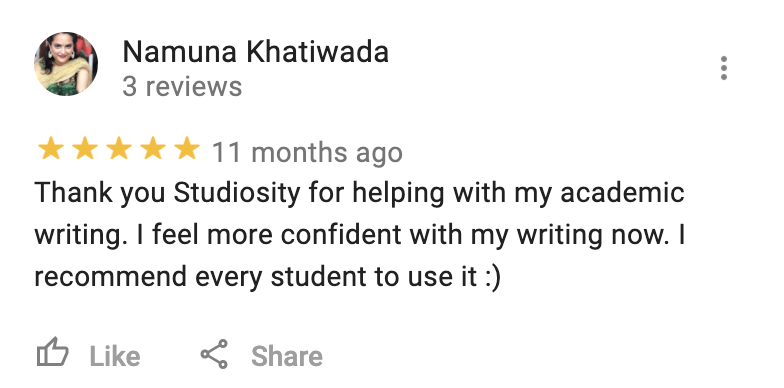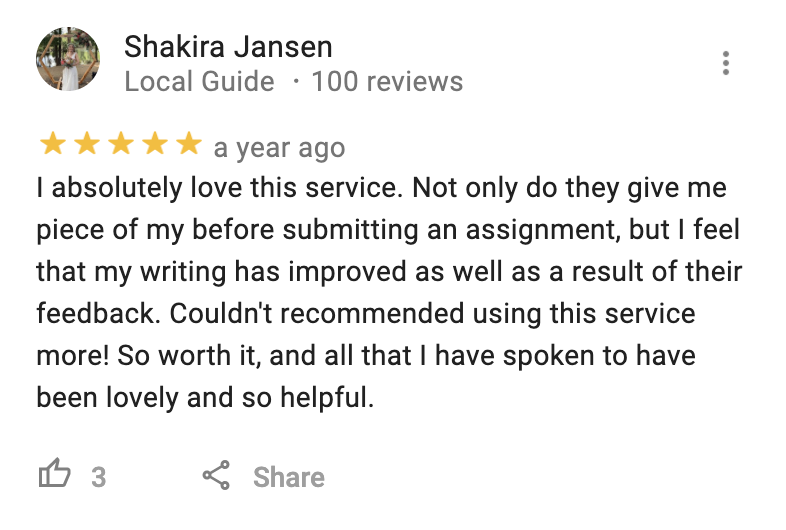Peer-assisted learning has been long recognised as a core component of the first-year transition, for sense of belonging and retention (Kift, Nelson, & Clarke, 2010).
Today, particularly with an increasing amount of technology available, a student's successful journey to graduation must include routine and purposeful learning from diverse perspectives - and an exchange of lived experiences to foster belonging and satisfaction with their degree.
In the latest Australian Student Wellbeing Report, students indicate a clear need for peer connection in a landscape of generative AI. This along with wider HE trends are shaping how students wish to connect with one another.
- Generative AI has accelerated the need for peer connection.
- Human & Artificial Intelligence will work better, together.
- Universities are balancing academic and peer-connection to support degree credibility.
- The 'Blended Norm' and the digital campus have created urgency for access and success.
- A sense of belonging is key for the pursuit of academic integrity.
- Duty of care and student satisfaction are increasingly critical metrics for governance and public accountability.
To take a deeper dive into these driving factors, I've examined the 2024 Wellbeing report and broader trends, exploring how they're affecting students' preferences for peer connection. You can download the full report for free from our website.
1. Generative AI has accelerated the need for peer connection.
In this landscape, peer interaction and review are valued even more by educators to see evidence of students' authentic learning journeys, in a time of opaque inputs. Further, fostering peer connections becomes crucial to uphold 'Humans in the Loop' best practices for AI in education contexts.
Peer connection is also valued by students, who are facing unprecedented contemporary financial and personal pressures while studying. According to the 2024 Australian Student Wellbeing Survey, 21% of students are employed full time during study; 25% provide unpaid care or other support to family members at the same time as study. Add to that the prevalence of chatbots and AI apps rising, and human connection becomes one of the key driving factors in student wellbeing.
2. Human & Artificial Intelligence will work better, together.
With academically-robust, ethical, and secure services for universities, AI for Learning is becoming embedded into the student experience. While generalised, public AI tools have exacerbated misconduct in the meantime - it has also prompted positive conversations about authentic assessment, evidence of learning, and investment in teaching and learning.
Maintaining the right balance of HI-AI is a challenge and opportunity facing the higher education sector today.
3. Universities are balancing academic and peer-connection to support degree credibility.
A multi-modal system that fosters:
- meaningful peer connections
- facilitates peer review, and
- promotes the development of students' higher-order thinking skills and critical literacy
4. The 'Blended Norm' and the digital campus have created urgency for access and success.
There is new urgency to make high-impact services like peer mentoring accessible to all students, not just those enrolments who have been traditionally-represented in higher education.
With higher enrolments and more dispersed populations the norm post-2020, preference, satisfaction, and graduation outcomes are at stake.

The availability of peer mentoring is mixed in the Australian tertiary sector - around two thirds of students don't have a peer mentor available, and this is exacerbated for students studying remotely or in hybrid modes. Yet, even for students in an ‘on campus’ only mode, half don't find it easy to ask other students questions.
“The mixed teaching mode of in person and online is both helpful for staying engaged with coursework and also not helpful for bonding with peers due to frequency of peers choosing different modes each week.”
A growing number of students say they would like a peer mentor - this year in the Australian Student Wellbeing Survey, around half of the students surveyed who didn’t have a mentor said they would have liked to have a peer mentor (51%, n=412). This is an increase on last year, when 34% of students said the same. For students from Aboriginal or Torres Strait Islander backgrounds, this desire increases to 73%.
The desire for a student mentor also correlates closely with frequency of study-related stress - the more frequently students felt stressed, the more likely they wanted a mentor and vice versa.

At the same time, sense of community and on-campus engagement are buoyed by accessible digital peer connection, with students saying that knowing someone first would make them come to campus. (Australian Student Wellbeing Survey, 2023).
The surveys' results highlight the varied nature of student experiences at their university and points to a need for peer services to meet students ‘on their own terms’, in their own spaces and schedules. Leadership should equalise access to peer mentoring, regardless of a students’ study mode.
5. Sense of belonging is key for the pursuit of academic integrity.
Academic integrity and the student experience are intertwined - "students who feel cheated, cheat". Institutions that have not done so already will be catching up and taking responsibility for every commencing student's sense of belonging, at scale.
The challenges facing the higher education sector in 2024, around academic and award integrity, are unprecedented and universities are examining their policies and strategies anew. As Professor Jennie Shaw, Deputy Vice Chancellor at the University of Adelaide, said in a recent Students First Symposium session on Integrity in the Age of AI:
"We are trying to teach our students and our staff responsible and ethical use of generative AI. And it's actually prompting those bigger conversations about ethical learning and personal responsibility. And I think that's a really great thing, because I think we might have moved away from that a bit. You know, this is part of being a critical thinker. Which is just core to being part of a member of a university community."
Deterrence has been the preferred strategy against plagiarism and cheating. However, at-scale peer connection is increasingly a priority strategy for: widespread sense of belonging; as part of a progressive, formative assessment approach; and to establish the institution's own community and resources as a trusted source of learning and feedback.
6. Duty of care and student satisfaction are increasingly critical metrics for governance and public accountability.
Student satisfaction has been negatively impacted by macro-economic trends - higher tuition costs, cost of living pressures, enrolment numbers, and a public spotlight on the international and transnational student experience. As such, education providers are looking to prioritise care of students at the strategy level.
Part of this means looking inward to well-established, highly-researched, high-impact services like peer-to-peer connection. This will be for social sustainability and ethical reasons, to ensure duty of care and promote wellbeing. However, it will also be necessary for institutions that are carving out competitive identities, aiming to exceed government benchmarks and controls for satisfaction, and to promote a rich, globally-recognised community of learning and research.

Meeting students 'where they are' will give universities a more competitive edge. Studiosity CEO Mike Larsen was recently discussing this on the podcast What Now? What Next? With Claire Field.
Mike Larsen: "I think the digital connection between students is really the next stage in the evolution of peer to peer."
Claire Field: "Particularly as we've got students with more responsibilities - more of them at work, and more of them with caring responsibilities so that just-in-time nature is going to be particularly crucial."
>> Listen to the full episode here.
Summary: how institutions can leverage peer connection for community, culture, and authentic learning in the age of AI
- Universities must actively facilitate student-to-student connection, in a move toward multi-modal, authentic assessment - including peer-review, critical literacy, and higher-order thinking skills.
- Commencing students increasingly value peer connections (human intelligence, HI), as part of their overall study experience in response to AI as a normalised part of study and life. However, students also expect services to be connected, with AI and HI working together for a seamless university experience. 56% of students expect their universities to offer AI support tools as well - so a balance will need to be struck.
- Mentors need to be offered value, financially and professionally, and there is a duty of care to their ongoing wellbeing and engagement, which must be included within any peer-to-peer service.
- Commencing cohorts need fair and equitable access to peer connection, via all modes. There is evidence to suggest that peer connection is a precursor to campus engagement.
- Reporting, quality assurances, and process transparency must be part of a robust, scaled peer-to-peer service - as part of good governance and risk mitigation for a university, and in pursuit of academic integrity.






